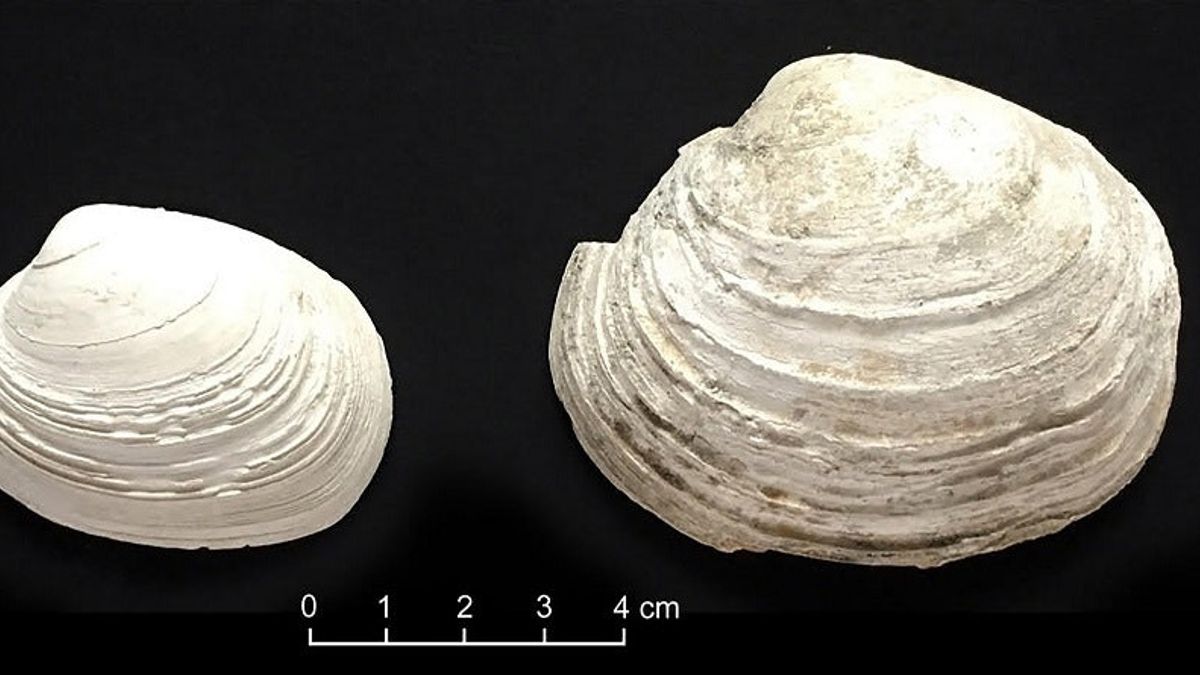JAKARTA - A study reveals the fact that the earth's rotation has slowed down for almost half an hour, in the last 70 million years. This makes the calculation of time on Earth less than 24 hours in a day.
Launching Cosmos Magazine, the researchers managed to reveal this after studying the growth bands in fossil mollusks (shells) that lived before the dinosaurs became extinct. As a result, scientists believe that each layer on the shell represents a single layer of time.
"A little bit comparable to tree rings," said Niels de Winter, a paleoclimatologist at Vrije Universiteit Brussel, Brussels, Belgium, who is also the lead author of a paper in the journal Paleoceanography and Paleoclimatology, Thursday, March 18.
As a comparison, tree rings are one way to measure the age of plants that grow over a period of time. The research team then examined the smallest composition on the micron scale to determine the age of the shells.
In each layer, the researchers calculated the time the shells grew in one day. Based on his abstract calculations, clams can extend their growing life by nine years.
"This allows us to measure how the composition of the shells changes over a short period of time and learn about the very rapid changes in the shell's environment. From that we can count the number of days in a year, because we can also see seasonal cycles," added de Winter. .
From that research, they found that 70 million years ago, there were 372 days in a year. Not 365 and a quarter days as it is today. Thus, there is a difference of 23 minutes per day at that point.
Based on these findings, it does not only help explain climatic conditions in ancient times. But also the astronomical evolution of the Moon, which is moving slowly away from Earth. De Winter said the research results support astronomers' understanding of how the Earth and Moon systems evolved.

The count of days on Earth slowly lengthens as the Moon gradually moves away from Earth. Currently, according to him, the NASA Space Agency has measured the rate at which the Moon is shrinking 3.8 centimeters per year. However, this is not always the case.
"The evolution of the Earth-Moon distance is definitely more complex. However, we don't know exactly how. This type of measurement helps astronomers make better models of how the Earth and Moon systems have behaved since the time of the formation of the Moon," explains De Winter.
The results of all these studies reveal that they can study changes in the environment at a very high scale. In other words, the research can be used not only to see how ancient climates were, but also how the weather changes everyday.
The English, Chinese, Japanese, Arabic, and French versions are automatically generated by the AI. So there may still be inaccuracies in translating, please always see Indonesian as our main language. (system supported by DigitalSiber.id)












